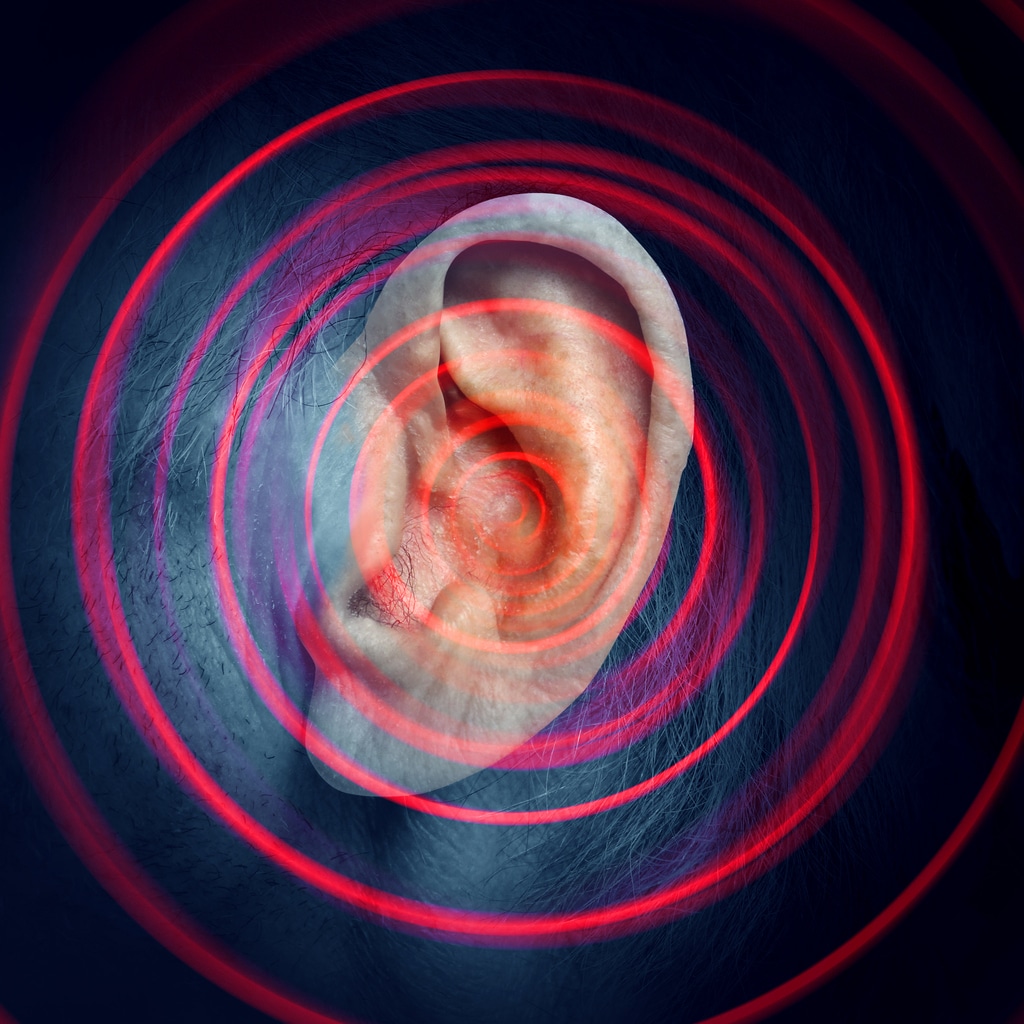Earwax blockages affect approximately 10% of children and 5% of adults. While earwax blockages are most frequently associated with ear pain or fullness, one less-discussed symptom of the condition is tinnitus.
What is Tinnitus?

An estimated 50 million Americans experience tinnitus, characterized by hearing noises like ringing or buzzing that cannot be attributed to an external source. Tinnitus is often a symptom of other conditions, including earwax buildup or impaction.
How Does Earwax Buildup Cause Tinnitus?
One of the most frustrating symptoms of earwax blockage is tinnitus. When the ear canal is blocked, the auditory system may attempt to compensate for the reduced sound input by creating its own noise, leading to the perception of ringing, buzzing or humming sounds. Fortunately, tinnitus and hearing loss from earwax impaction are usually temporary and resolve after the wax is removed.
What Causes Earwax Accumulation?
Earwax (cerumen) is produced by glands in the ear canal. Its primary function is to protect the ears from dirt and other debris. Normally, it exits the ear on its own, but blockages can occur due to factors including but not limited to:
- Overproduction. Some people naturally produce more earwax than others, but there are a few common causes of earwax overproduction, including trauma to the canal, scar tissue and high amounts of ear hair.
- Cotton swabs. Many people use cotton swabs to clean their ears. However, contrary to popular belief, using these tiny swabs can push earwax further into the ear canal, leading to blockages or eardrum perforation.
- Wearing hearing aids or earplugs. The round-the-clock use of in-ear devices can prevent earwax from exiting the ear naturally. Although you should still wear your hearing aids most of the time, removing them before showering and going to bed will give your ears a chance to self-clean.
Safe Methods for Earwax Removal
If you think earwax is causing your tinnitus, consult your ear, nose and throat (ENT) provider. They can remove impacted wax in-office using suction, special scraping tools or irrigation. They may recommend at-home ear drops if earwax impaction is a frequent issue.
To use at-home drops, lay your head to one side with the ear you’re cleaning facing up. Add the prescribed number of drops and let them sit in the ear for about five minutes to soften the wax. Once you sit up, hold a tissue to your ear to catch drops and dislodged earwax. You may need to repeat this process multiple times according to ENT specifications.
Always contact your ENT provider before attempting to remove wax at home. Your provider can conduct an exam, decide the safest course of action and look for other underlying causes of tinnitus if necessary.
Understanding the link between earwax and tinnitus can help you manage your symptoms with ease. Contact Pinnacle ENT Associates for an appointment with one of our specialists for an earwax removal consultation.